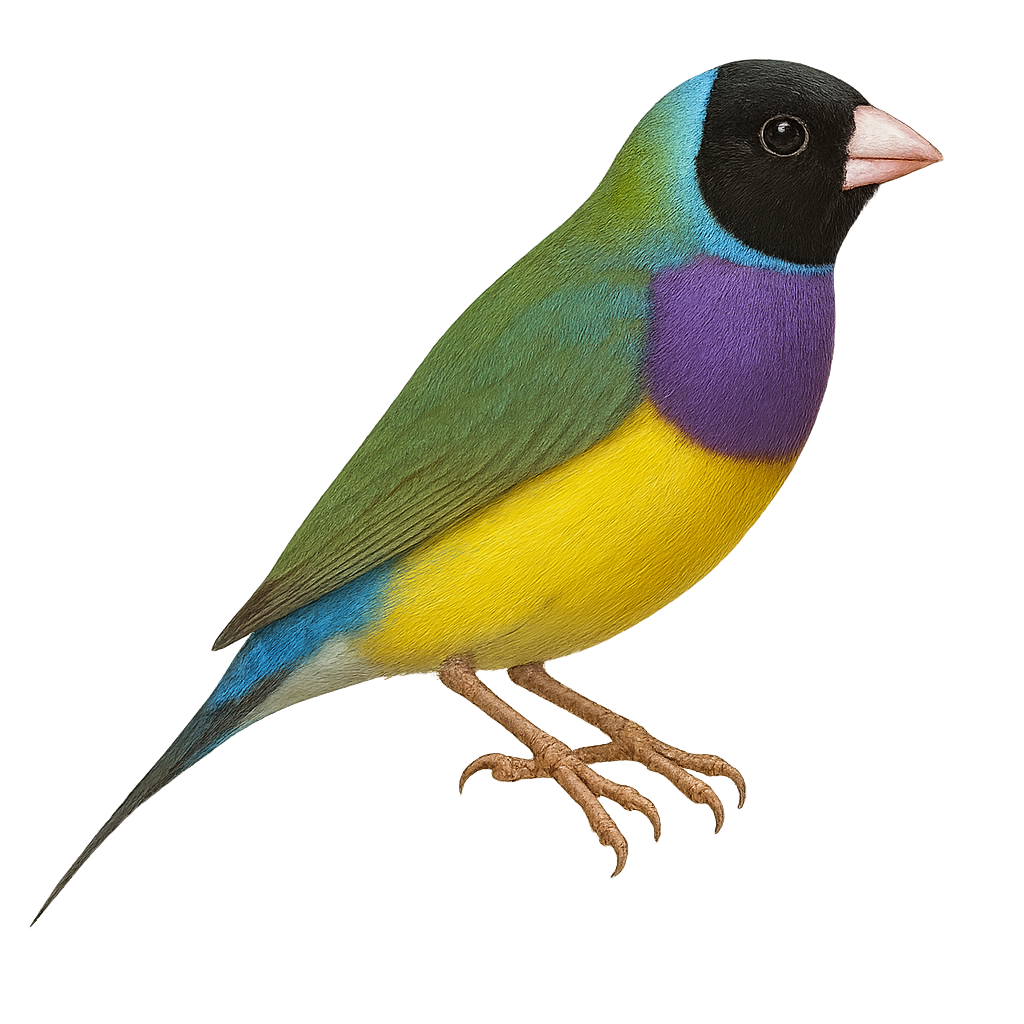Your wildlife photography guide.
Explore the gouldian finch in detail, study its behavior, prepare your shots.
Where to observe and photograph the gouldian finch in the wild
Learn where and when to spot the gouldian finch in the wild, how to identify the species based on distinctive features, and what natural environments it inhabits. The WildlifePhotographer app offers tailored photography tips that reflect the gouldian finch’s behavior, helping you capture better wildlife images. Explore the full species profile for key information including description, habitat, active periods, and approach techniques.
Gouldian Finch
Scientific name: Chloebia gouldiae

IUCN Status: Vulnerable
Family: ESTRILDIDAE
Group: Birds
Sensitivity to human approach: Suspicious
Minimum approach distance: 5 m
Courtship display: December to February
Incubation: 13-15 jours
Hatchings: December to March
Habitat:
Savannas, open grasslands, wooded areas
Activity period :
Primarily active during the day, with peak activity in the morning and late afternoon.
Identification and description:
The Gouldian Finch, or Chloebia gouldiae, is a brightly colored bird native to Australia. This small passerine is renowned for its vivid plumage, featuring a mix of bright colors such as red, green, yellow, and blue. Males are generally more colorful than females, which is typical in many bird species. They primarily inhabit savannas and open grasslands, where they feed on seeds and insects. The Gouldian Finch is a social bird, often seen in small groups. However, it is considered vulnerable due to habitat loss and environmental pressures.
Recommended lens:
400 mm – adjust based on distance, desired framing (portrait or habitat), and approach conditions.
Photography tips:
To photograph the Gouldian Finch, choose early morning or late afternoon hours when the light is soft and flattering. Use a telephoto lens of at least 400mm to capture details without disturbing the bird. Be patient and discreet, blending into the environment to avoid scaring it away. A tripod can be helpful to stabilize your camera, especially if using a slow shutter speed. Pay attention to the background to highlight the bird's vivid colors.
The WildlifePhotographer App is coming soon!
Be the first to explore the best nature spots, track rutting seasons, log your observations, and observe more wildlife.
Already 1 430 wildlife lovers subscribed worldwide

